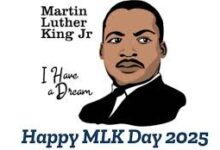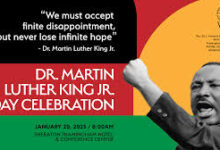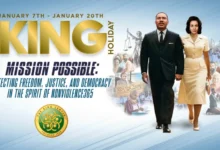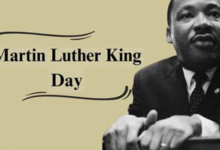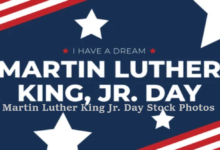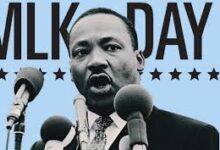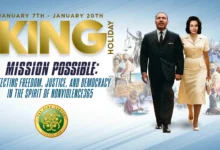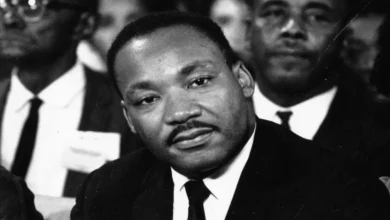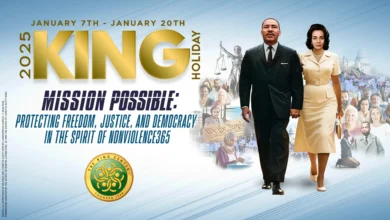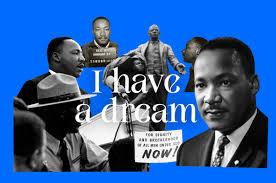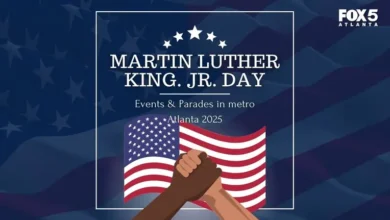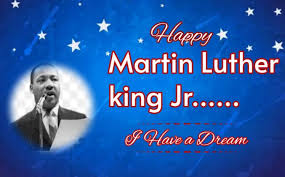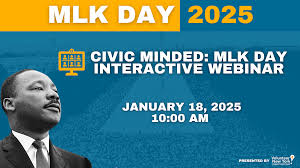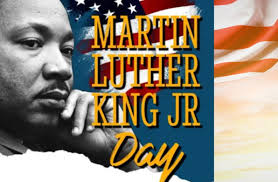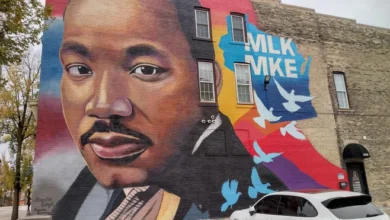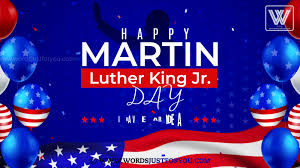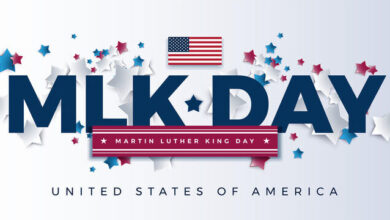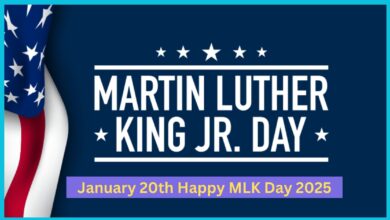When did Martin Luther King die
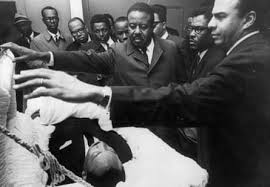
Martin Luther King Jr. is a name that resonates deeply in the annals of history, a figure synonymous with the fight for civil rights and justice in the United States. While his powerful speeches and nonviolent approach to activism secured lasting progress for equality, his untimely death in 1968 sent shockwaves across the globe and left countless people mourning a visionary leader. But understanding the day of Martin Luther King Jr.’s death—its context, events, and impact—is essential to fully appreciating the lasting legacy he left behind.
This article will explore the facts and circumstances surrounding Dr. King’s assassination, provide insight into what he stood for, and reflect on how his legacy continues to shape the world today.
The Day Martin Luther King Jr. Died
Dr. Martin Luther King Jr. died on April 4, 1968. At the time, he was in Memphis, Tennessee, supporting striking sanitation workers who were advocating for fair wages and better working conditions. This advocacy was part of his broader vision for economic justice, which he considered a critical pillar in the struggle for equality.
On that fateful day, King was staying at the Lorraine Motel, a modest and iconic lodging known for its connections to the civil rights movement. Around 6:01 p.m., while standing on the balcony outside Room 306, he was struck by a bullet. The shot came from a nearby boarding house and was fired by James Earl Ray, a fugitive with a history of criminal activity. Dr. King was rushed to St. Joseph’s Hospital, where doctors worked tirelessly to save him. Tragically, he succumbed to his injuries and was pronounced dead at 7:05 p.m.
Dr. King was only 39 years old.
Why Was Martin Luther King Jr. in Memphis?
When Dr. King traveled to Memphis in the spring of 1968, his primary intention was to support a local labor strike by Black sanitation workers. The strike began after two workers were tragically killed due to poor safety conditions, while others faced discrimination and inequitable pay compared to their white counterparts.
The sanitation workers’ plight embodied the systemic injustices King had long been fighting against. Their struggle, in many ways, aligned with the mission of King’s Poor People’s Campaign—an initiative he began to address economic inequality and advocate for policies that benefitted the most disadvantaged members of society. By standing with Memphis workers, King aimed to bring national attention to their cause and underscore the interconnectedness of racial and economic injustice.
The Impact of His Assassination
Martin Luther King Jr.’s assassination sent shockwaves through the United States and beyond. His death came at a crucial moment during the civil rights movement, as many battles for equality remained unresolved. Here are some of the immediate and lasting effects:
1. Nationwide Grief and Unrest
Upon the news of Dr. King’s death, cities across America erupted in anguish and outrage. Over 100 cities experienced protests and riots, highlighting the immense frustration that Black communities felt after losing a leader who had given them hope for real and lasting change through peaceful means.
2. The Civil Rights Act of 1968
Dr. King’s assassination created renewed urgency for civil rights legislation. Just days after his death, President Lyndon B. Johnson signed the Civil Rights Act of 1968, also known as the Fair Housing Act. This landmark law prohibited discrimination in housing based on race, religion, national origin, or gender, addressing one of the many inequities Dr. King had fought against.
3. A Strengthened Commitment to His Vision
Though Dr. King’s life was tragically cut short, his vision and message continued to inspire millions. Civil rights leaders and grassroots organizers redoubled their efforts, building on his foundation to push for expanded voting rights, reforms in policing, improvements in healthcare access, and other pillars of equality.
The Life and Legacy of Martin Luther King Jr.
Dr. King’s death marked the end of an era, but his unwavering fight for justice lives on through the causes, policies, and movements he inspired. To fully understand his legacy, it’s important to reflect on his life and the principles he championed.
1. The Power of Nonviolent Activism
Dr. King’s strategy of nonviolent resistance was influenced by Mahatma Gandhi’s teachings. He believed that confrontation through peace and passive resistance was not only morally right but also strategically effective. Nonviolent activism remains a hallmark of many social justice movements inspired by his work.
2. Iconic Speeches That Shaped History
King’s oratory skills were unparalleled, and his speeches remain some of the most celebrated in history. The famous “I Have a Dream” speech, delivered during the 1963 March on Washington, painted a picture of a future where equality and justice triumphed over segregation and discrimination. It continues to be a source of inspiration to this day.
3. The Creation of MLK Day
To honor Dr. King’s immeasurable contributions, the United States established Martin Luther King Jr. Day as a federal holiday in 1983. Observed each year on the third Monday in January, it celebrates his commitment to justice and encourages individuals to volunteer in their communities.
The Continued Relevance of Dr. King’s Vision
More than half a century after his death, Martin Luther King Jr.’s work has never been more relevant. Issues surrounding racial inequality, economic disparity, and access to basic rights are still central to societal discourse. Organizations worldwide have adopted his ideas of equality and nonviolence as guiding principles in addressing complex problems that extend far beyond the civil rights movement.

